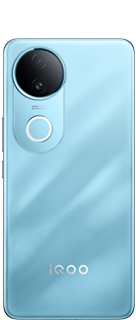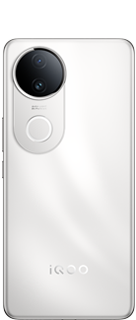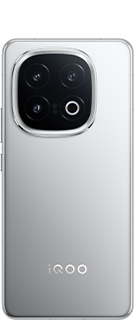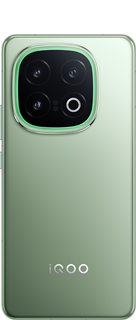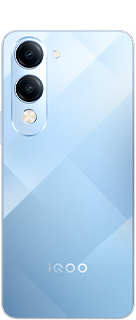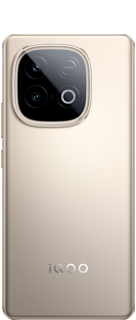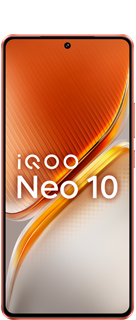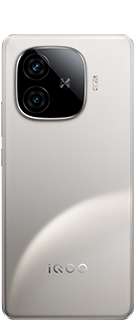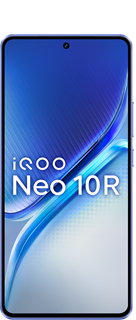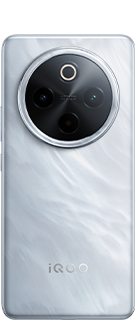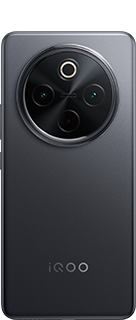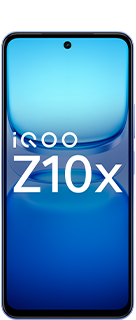LTPO Displays: Saving Battery Life with a Dynamic Refresh Rate
The quest for the perfect smartphone display involves a delicate balance between smoothness, clarity, and battery life. LTPO technology has emerged as a game-changer, offering a solution to this balancing act.

What is LTPO?
LTPO stands for Low-Temperature Polycrystalline Oxide. It's a type of backplane technology used in OLED displays. Unlike traditional OLED displays, LTPO allows the refresh rate to change dynamically. The refresh rate refers to how many times per second the screen refreshes the image. Higher refresh rates provide a smoother viewing experience, especially for fast-paced content like games and videos. However, they also consume more battery.
LTPO displays address this by intelligently adjusting the refresh rate based on the content being displayed. For static images or text, the refresh rate can drop down to a low level, significantly reducing battery consumption. When needed, the refresh rate can jump back up for smoother visuals.

History of LTPO
The concept of LTPO displays originated with Low-Temperature Polycrystalline Silicon (LTPS), a commonly used backplane technology for OLED displays. However, LTPS has limitations when it comes to dynamic refresh rates. LTPO builds upon LTPS by introducing another material called Indium Gallium Zinc Oxide (IGZO). This combination allows for the creation of transistors that can efficiently switch between different refresh rates.
Apple is credited with pioneering LTPO technology and first introducing it in the Apple Watch Series 4 in 2018. Since then, LTPO displays have become increasingly popular in high-end smartphones, offering a significant boost to battery life without compromising on display quality.

Samsung's Alternative: LTPO vs. HOP
While Apple has been at the forefront of LTPO displays, Samsung isn't sitting idle. They've developed their own alternative technology called Hybrid Oxide and Polycrystalline Silicon (HOP). HOP offers similar functionality to LTPO, enabling dynamic refresh rates on Samsung's flagship smartphones like the Galaxy S23 Ultra.
There are likely subtle technical differences between LTPO and HOP, but both achieve the same goal: a smoother user experience with improved battery life.
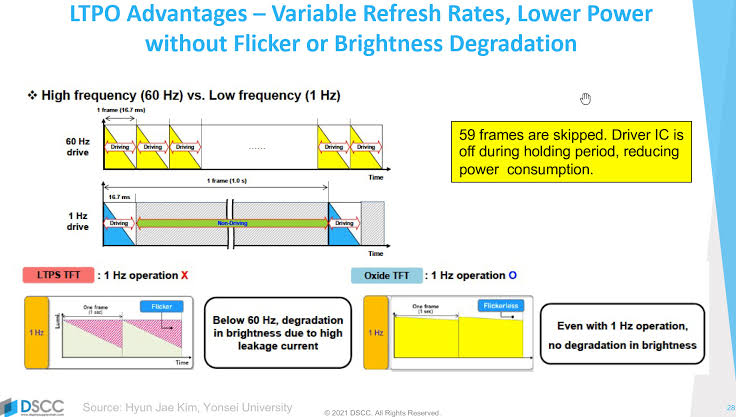
The Future of LTPO Displays
LTPO technology is still evolving, with manufacturers constantly striving to improve efficiency and performance. As the technology matures, we can expect to see LTPO displays become more widespread, potentially reaching mid-range smartphones in the future. This shift will give users a wider range of options for devices that offer both a stunning visual experience and long battery life.
FOLLOW @TechieGuyFOR MORE SUCH AMAZING CONTENT ❤️ ❤️.
Please sign in
Login and share
